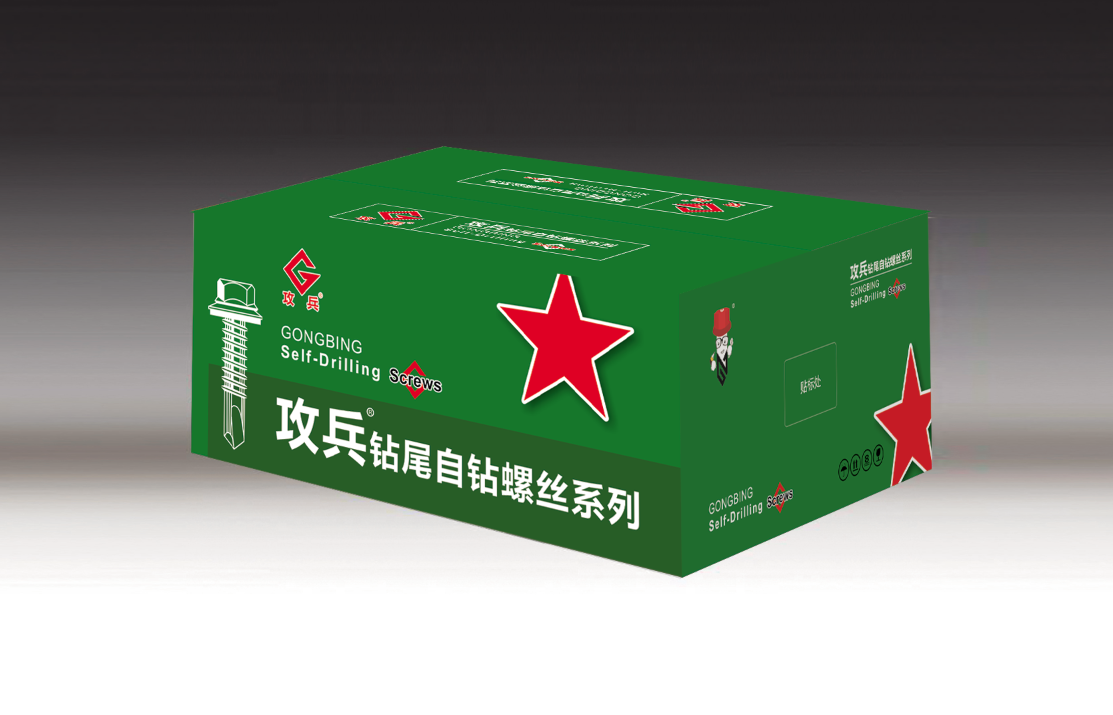Guide to Using Butterfly Screws for Plasterboard Installations and Repairs
Understanding Plasterboard Butterfly Screws A Comprehensive Guide
When it comes to constructing walls, ceilings, and various other fixtures in our homes and commercial spaces, plasterboard (also known as drywall) is an essential material. However, the installation and maintenance of plasterboard structures require specific tools and hardware. One such tool that is often overlooked yet plays a critical role in achieving a secure and durable finish is the plasterboard butterfly screw. In this article, we will delve into what plasterboard butterfly screws are, their benefits, how to use them effectively, and considerations to keep in mind.
What are Plasterboard Butterfly Screws?
Plasterboard butterfly screws, also referred to as toggle bolts, are unique fasteners designed for use in hollow walls, particularly those made from plasterboard. The screw has a winged mechanism that opens up inside the cavity of the wall once the screw is inserted. This design allows for a more significant surface area to bear weight, making it ideal for hanging heavier objects on hollow walls, such as shelves, mirrors, and cabinets.
Benefits of Using Butterfly Screws
1. Load-Bearing Capacity One of the most significant advantages of butterfly screws is their ability to hold substantial weight. Because the wings expand and lock into place, they provide a sturdy anchor point that can support various items without risking damage to the plasterboard.
2. Ease of Installation Installing butterfly screws is straightforward. The screw can be easily inserted through the plasterboard using a drill or screwdriver, and as the screw is tightened, the wings expand, securing the fixture into place. This makes them an excellent option for both DIY enthusiasts and professionals alike.
3. Versatility Butterfly screws can be used in a variety of applications, from heavy-duty installations like shelving and cabinetry to lighter applications like decorative fixtures. Their versatility makes them an essential part of any toolkit.
4. Reduced Wall Damage Unlike traditional screws that may damage the plasterboard, butterfly screws distribute the load across a broader area. This not only protects the integrity of the wall but also reduces the likelihood of bulging or cracking.
5. Galvanized Options Many butterfly screws are available in galvanized or rust-resistant finishes, making them suitable for humid or exposed environments. This durability ensures that installations remain secure over time without the risk of rust or corrosion.
How to Use Plasterboard Butterfly Screws
To use plasterboard butterfly screws effectively, follow these straightforward steps
plasterboard butterfly screws

1. Choose the Right Size Select a butterfly screw that fits the weight and size requirements of the object you wish to hang. It's essential to consult the packaging or product specifications for guidance.
2. Drill a Hole Using a drill, create a hole in the plasterboard where you intend to install the screw. The diameter of the hole should match the diameter of the closed butterfly screw.
3. Insert the Screw Push the wings of the butterfly screw together, making them smaller. Insert the screw into the hole, allowing the wings to pass through the plasterboard.
4. Expand the Wings Once the screw is inside, pull the tail end of the screw gently until the wings open up against the interior of the wall.
5. Tighten the Screw As the screw is tightened, the wings will pull against the back of the plasterboard, creating a secure anchor point. Be careful not to overtighten, as this can damage the plasterboard.
6. Attach the Object Finally, you can attach your desired object to the butterfly screw using the threaded end.
Considerations
While plasterboard butterfly screws are secure and reliable, a few considerations should be kept in mind
- Weight Limits Always adhere to the manufacturer's guidelines regarding weight limits to prevent failure. - Wall Integrity Ensure that the plasterboard is in good condition before installation, as damaged or sagging plasterboard may not hold screws effectively. - Change in Structure If the structure of the wall is altered over time (e.g., due to renovations), revisit the fixture's stability and consider additional support if necessary.
Conclusion
Plasterboard butterfly screws are a vital component for anyone working with plasterboard installations. Their unique design, coupled with the advantages they offer, makes them an invaluable tool for securing a variety of fixtures. Understanding how to use these screws effectively can help ensure the longevity and aesthetic appeal of your drywall projects, making it easier to create functional spaces in your home or workplace. Whether you are a seasoned contractor or a DIY enthusiast, incorporating butterfly screws into your projects will enhance both the strength and durability of your installations.
-
Weatherproof Plastic Expansion Anchors for OutdoorخبرونهJun.06,2025
-
Sustainability in the Supply Chain: Eco-Friendly TEK Screws ProductionخبرونهJun.06,2025
-
Load-Bearing Capacity of External Insulation FixingsخبرونهJun.06,2025
-
Double Head Bolts: Enhancing Efficiency in Industrial MachineryخبرونهJun.06,2025
-
Corrosion Resistance in Chipboard Screws: Coatings for Wholesale DurabilityخبرونهJun.06,2025
-
Butterfly Toggle Bolts : Enhancing Structural ResilienceخبرونهJun.06,2025
